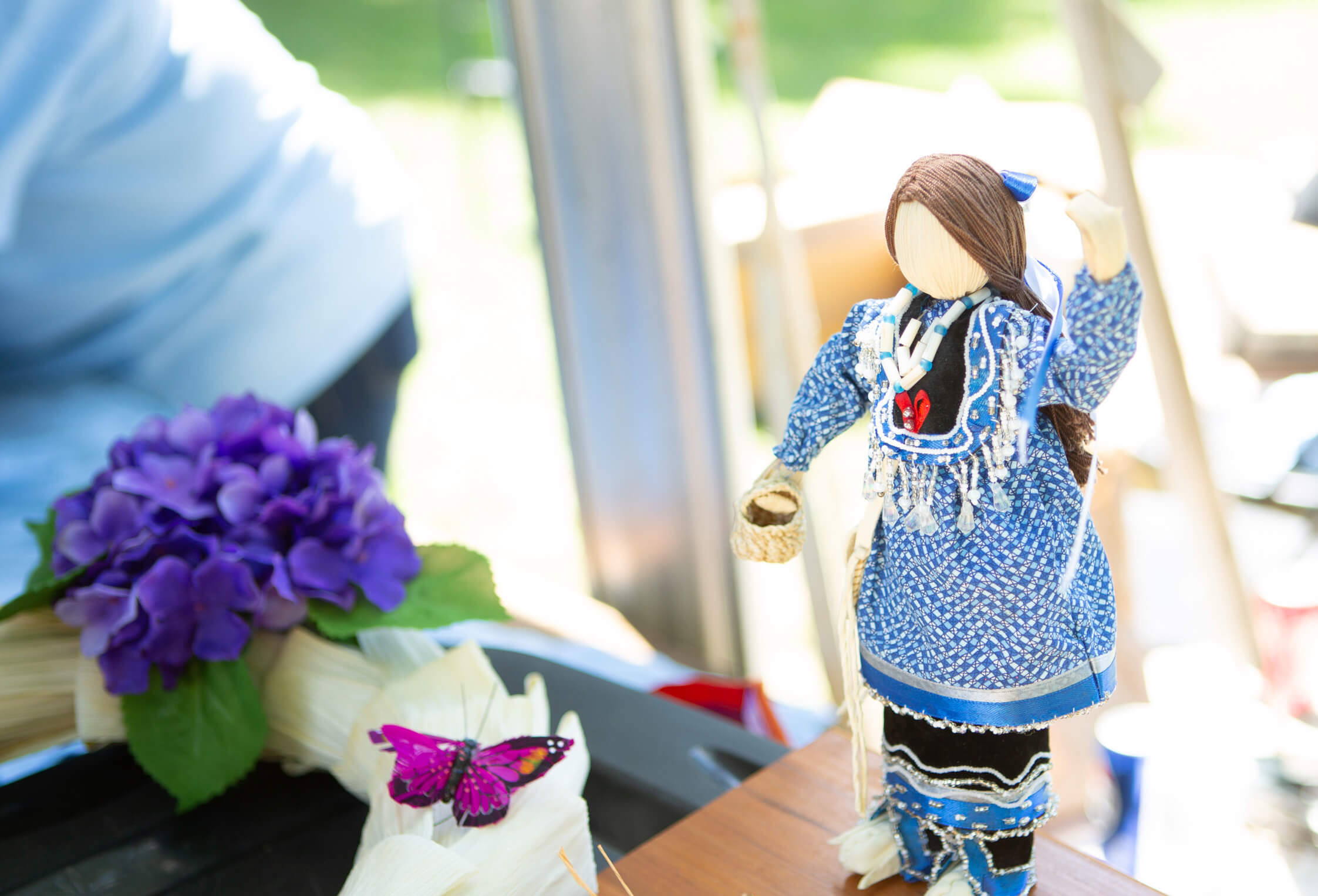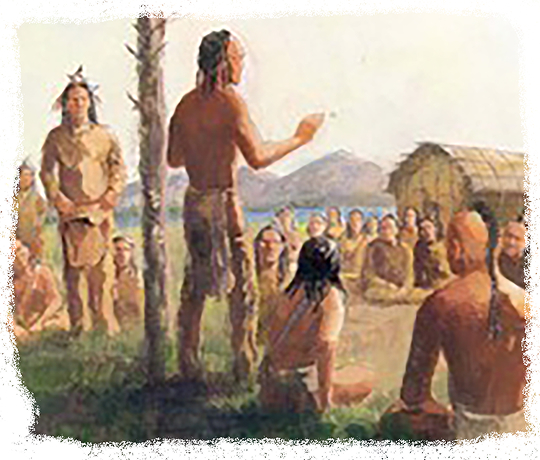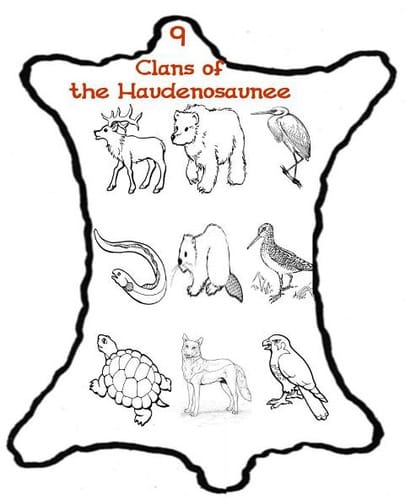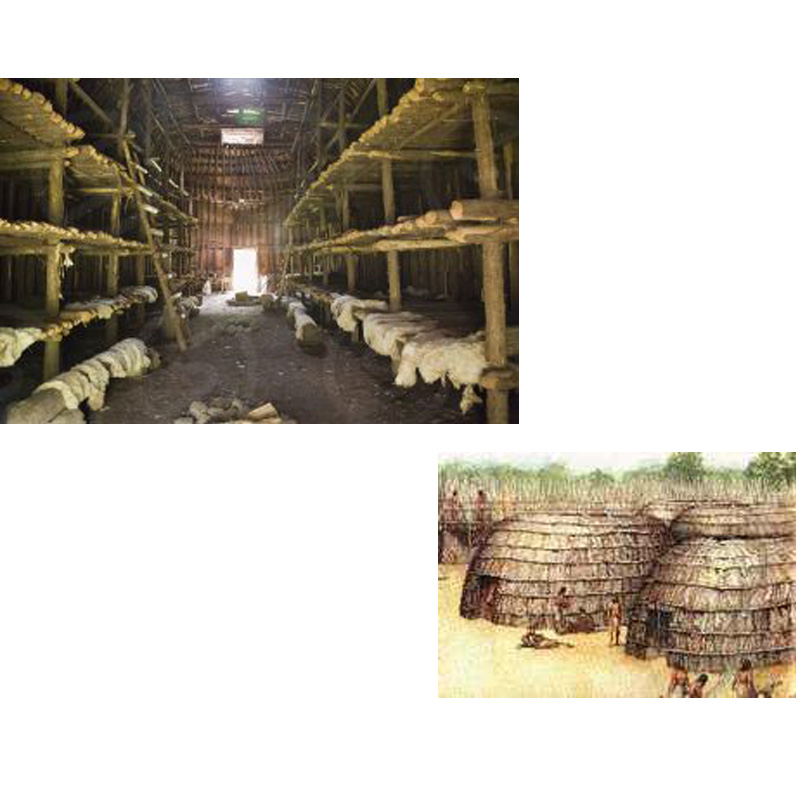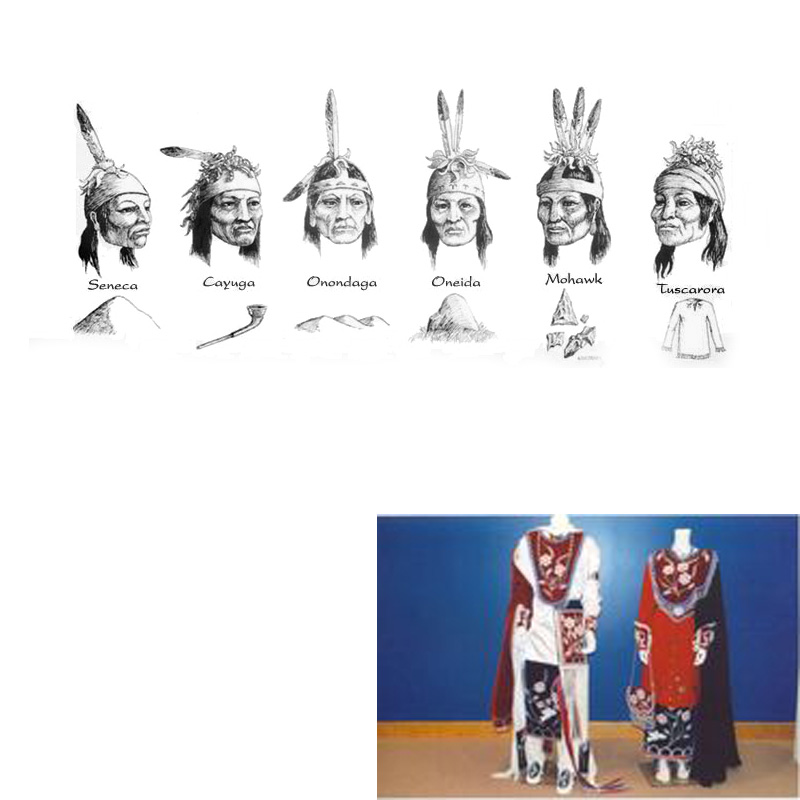- About
- History & Culture
History & Culture
The Cayuga Nation is known as “The People of the Great Swamp” and is one of the five original members of the Haudenosaunee, also known as “The People of the Longhouse."
Tribal History
The Cayuga Nation, known as “The People of the Great Swamp,” is one of the five original Nations of the Haudenosaunee Confederacy, also known as “The People of the Longhouse.” Our ancestral homeland lies in the heart of the Finger Lakes region of what some call New York State. Cayuga Lake and its shores were once home to thriving villages, nestled between our Haudenosaunee brothers: the Onondaga to the east and the Seneca to the west.
Together with the Onondaga, Seneca, Oneida, and Mohawk, we formed a powerful alliance guided by the Great Law of Peace, a system of governance and diplomacy admired by many of America’s founding fathers. The principles of unity, consensus, and balance gifted by the Peacemaker to the Haudenosaunee helped shape the democratic ideals that underpin the United States government today.
During the Revolutionary War, the Haudenosaunee Confederacy as a governing body remained neutral and did not formally take sides. However, individual citizens of the Six Nations made their own choices. Some aligned with the British, others with the American colonists. The Confederacy’s loyalty remained rooted in kinship and homeland. As both sides encroached on our territory, we defended our lands with courage and tenacity, always hoping for peace and a future where our sovereignty would be respected.
That hope was violently challenged in 1779, when General George Washington ordered a scorched-earth campaign against the Cayuga and Seneca Nations. Generals John Sullivan and James Clinton led over 6,000 troops through Cayuga and Seneca villages, destroying homes, crops, and sacred sites. Though displaced, the Cayuga Nation endured. Some found refuge in Ohio but were later forcibly relocated by the U.S. government to what is now Oklahoma. Others moved to the Grand River Territory in present-day Canada. Those who remained continued to uphold their connection to the land and entered into direct negotiations with the first President of the United States.
That effort led to the Treaty of Canandaigua, signed on November 11, 1794. This historic agreement, still in effect today, secured peace between the United States and the Haudenosaunee, and affirmed the sovereignty of each Nation over its territory. It also established the federal government’s authority over Indian affairs in New York, overriding state jurisdiction and acknowledging the enduring government-to-government relationship.
The Cayuga Nation’s story is one of survival, diplomacy, and unbroken connection to our land and people. Our legacy lives on in every generation that continues to protect our sovereignty and restore our rightful place in the heart of our ancestral homeland.
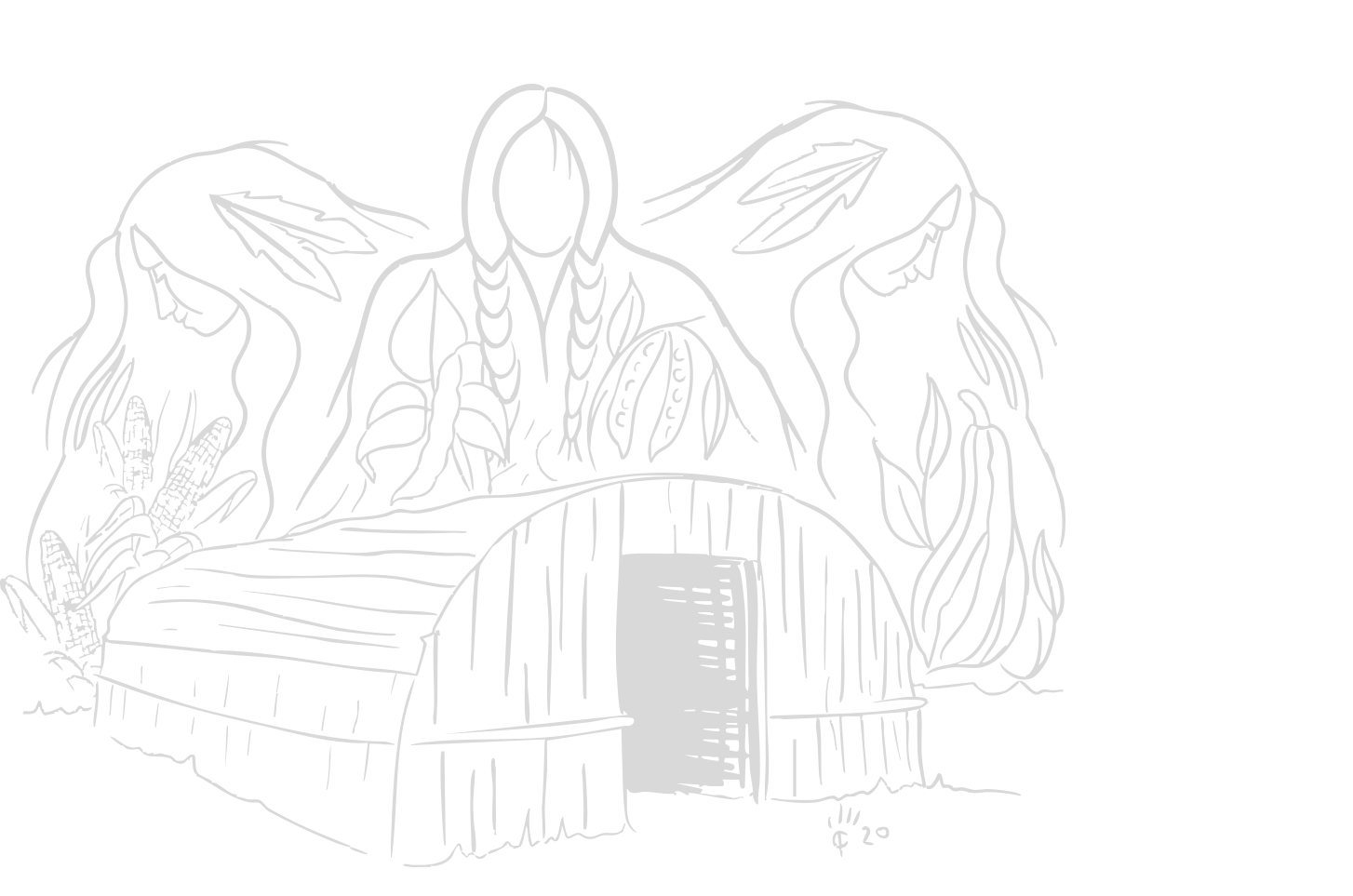
Total Acres Purchased by Year
As the American colonists and the British fought during the Revolutionary War, the Cayuga Nation and other members of the Haudenosaunee Confederacy were tragically caught in the crossfire. Despite attempts to remain neutral, the Haudenosaunee were drawn into the conflict, with different factions aligning with either the British or the Colonists. In the aftermath of the war, we suffered immense land losses due to forced treaties and land dispossessions. Today, the Cayuga Nation continues to face the injustice of having to purchase back our ancestral lands at market prices, even though these lands rightfully belong to us. This ongoing struggle underscores the enduring legacy of displacement and our fight for the return of our rightful territory.



